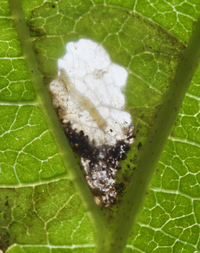
| Recorded by: Jim Petranka on 2025-09-09
Madison Co.
Comment: An occupied mine on a Witch-hazel (H. virginiana) leaf. | 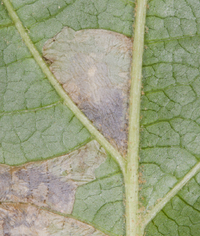
| Recorded by: Jim Petranka on 2025-09-09
Madison Co.
Comment: View of an occupied mine on the underside of a leaf. |
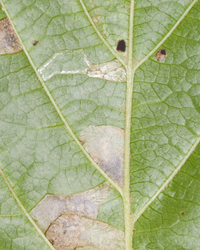
| Recorded by: Jim Petranka on 2025-09-09
Madison Co.
Comment: | 
| Recorded by: David George, Jeff Niznik, Rob Van Epps, Kevin Metcalf on 2025-07-20
Richmond Co.
Comment: |
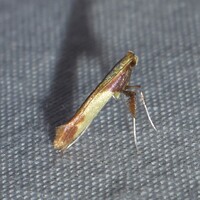
| Recorded by: David George, Jeff Niznik on 2024-08-06
Transylvania Co.
Comment: | 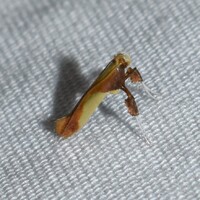
| Recorded by: David George, Jeff Niznik on 2024-07-08
Chatham Co.
Comment: |
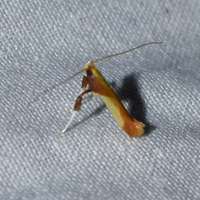
| Recorded by: David George, Jeff Niznik on 2024-04-01
Chatham Co.
Comment: | 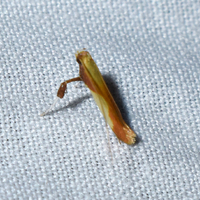
| Recorded by: David George, Jeff Niznik on 2024-04-01
Chatham Co.
Comment: |
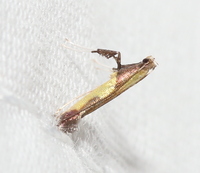
| Recorded by: David George on 2023-08-15
Orange Co.
Comment: | 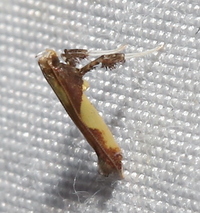
| Recorded by: David George, Stephen Dunn, Jeff Niznik on 2023-07-13
Orange Co.
Comment: |
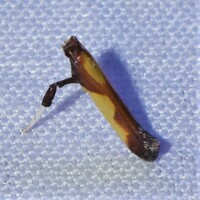
| Recorded by: David George, Jeff Niznik, Rich Teper on 2023-05-21
New Hanover Co.
Comment: | 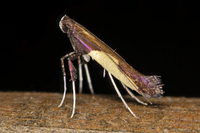
| Recorded by: Mark Shields on 2021-06-08
Onslow Co.
Comment: |
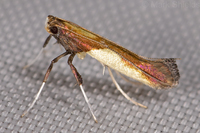
| Recorded by: Mark Shields on 2021-04-07
Onslow Co.
Comment: | 
| Recorded by: Kyle Kittelberger, Brian Bockhahn on 2020-07-15
Polk Co.
Comment: |
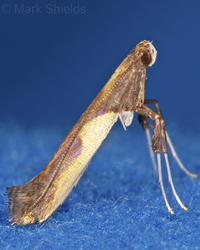
| Recorded by: Mark Shields on 2020-03-26
Onslow Co.
Comment: | 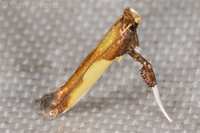
| Recorded by: Mark Shields on 2019-09-30
Onslow Co.
Comment: |
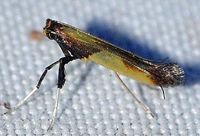
| Recorded by: Paul Scharf on 2015-08-26
Warren Co.
Comment: | 
| Recorded by: Paul Scharf on 2015-08-26
Warren Co.
Comment: |

| Recorded by: Paul Scharf on 2015-08-26
Warren Co.
Comment: |

 »
»




 »
»


